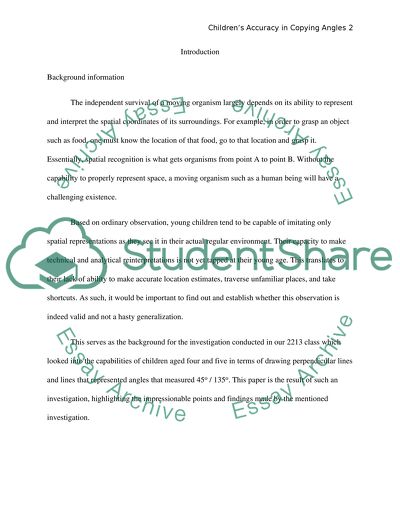Cite this document
(“Children's Accuracy in Copying Angles Lab Report”, n.d.)
Children's Accuracy in Copying Angles Lab Report. Retrieved from https://studentshare.org/psychology/1432347-childrenyies-accuracy-in-copying-angles
Children's Accuracy in Copying Angles Lab Report. Retrieved from https://studentshare.org/psychology/1432347-childrenyies-accuracy-in-copying-angles
(Children'S Accuracy in Copying Angles Lab Report)
Children'S Accuracy in Copying Angles Lab Report. https://studentshare.org/psychology/1432347-childrenyies-accuracy-in-copying-angles.
Children'S Accuracy in Copying Angles Lab Report. https://studentshare.org/psychology/1432347-childrenyies-accuracy-in-copying-angles.
“Children'S Accuracy in Copying Angles Lab Report”, n.d. https://studentshare.org/psychology/1432347-childrenyies-accuracy-in-copying-angles.


